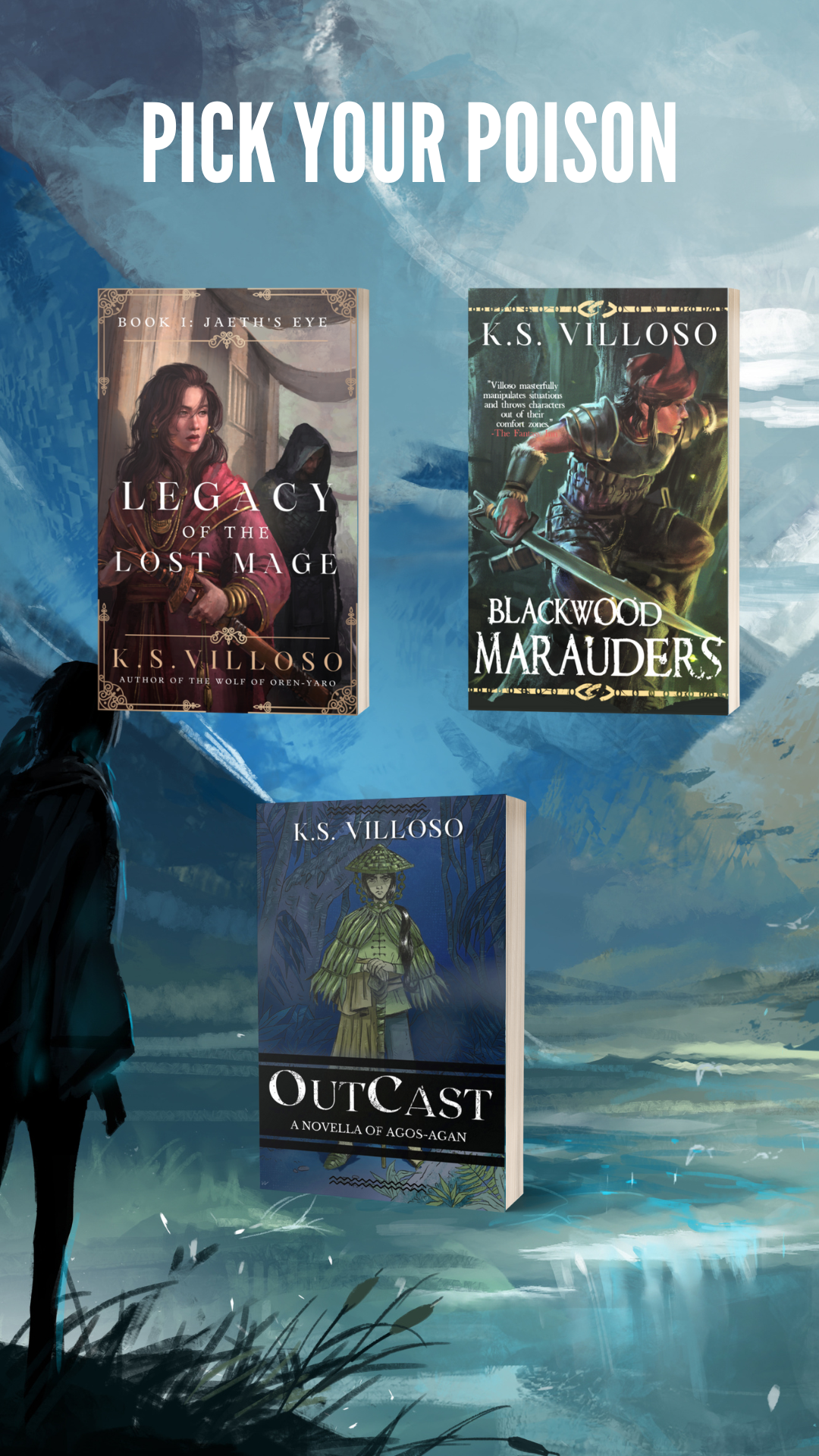Two random facts about me.
One: I scare really, really easily.
Two: I love horror movies.
Growing up, my mom (and various cousins) loved terrifying me with monster stories from Philippine folklore. This has instilled in me a fascination for horror movies, though I never really sought them out in childhood. There’s a movie Aswang (1992) that I watched during a 12-hour bus trip from Manila to our home province, which scared the crap out of me so much I would dream about it later on. I enjoyed the stories from the Shake, Rattle, and Roll series, too.
The first horror movie in theatres I saw was The Ring remake in 2002, when I was 16, and it began a tradition of bingeing on horror movies between me and my high school best friends (and which still goes on today, as I married one of the dudes). My late teens and early 20s was one long loop of getting drunk and watching horror movies back-to-back. I’m not sure why it’s like crack to me, especially as they can easily become derivative. But the good ones are a goldmine of tension, conflict, character development, plot twists, atmosphere, and mindfuck, and I suppose that pleases the story nerd in me by quite a bit.
You need a lot of skill to tell a good horror story, because your tools are far and few in between. Contrary to popular belief, it’s not jump scares or scary monsters that terrify people. Fear is far more complex than that. To start off, to actually CARE about the people about to get killed on screen, you need to establish connection from the get go (which will involve the right character dynamics and conflict to work out). You need to build anticipation, you need to tell the story slowly without resorting to a massive infodump at the end, which often involves using the atmosphere to your advantage–little things here and there that form a whole picture without having to TELL you. The way characters look at each other, how they respond to seemingly mundane events…clues are dropped WHILE you continue tightening the tension so that when everything is laid out in the end, you go, “SHIT SHIT SHIT!”
I also really love it when other genres (especially fantasy) cross into horror territory. Pan’s Labyrinth, as far as I am concerned, is a fucking masterpiece. The touch of horror is something I also appreciate in games like Dragon Age and Elder Scrolls.
Anyone who’s read more than one of my books would know I wear this influence like a sleeve. I love the slow burn; even when I’m doing a fast-paced series, the creepy stuff trickles in slowly. The Agartes Epilogues series is an exercise in form that takes a lot of guidance and tropes from the horror genre. And my stories almost always find themselves in these sort of atmospheres: shadowy forests, dark caves, narrow corridors, dense fog, empty chambers marked with sorrows from the past. (In Aina’s Breath, Kefier finds himself fixing up a house to draw its owner back in for an assassination attempt, and while doing so learns the unfortunate demise of its previous occupants). And psychological clusterfucks? I’m all over it.
Next time, I’ll probably deconstruct The Agartes Epilogues, just for fun… (or not).

